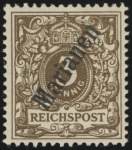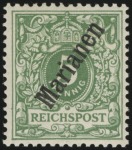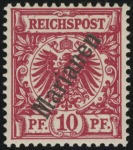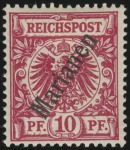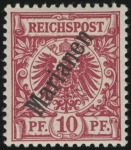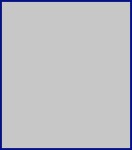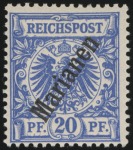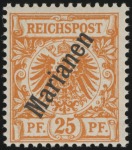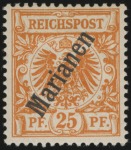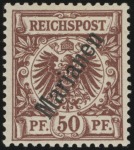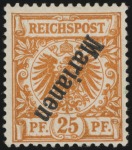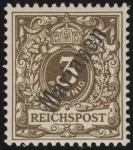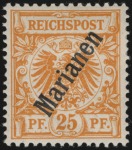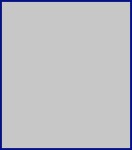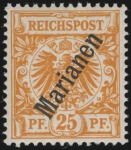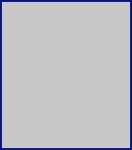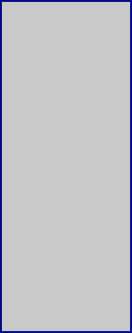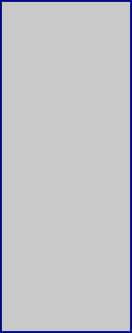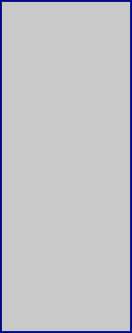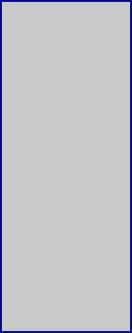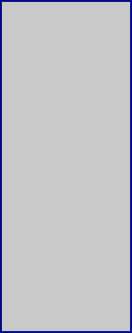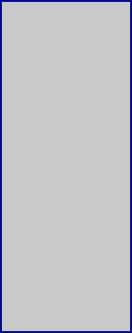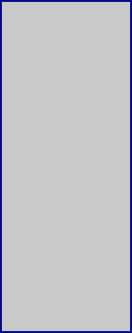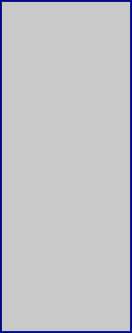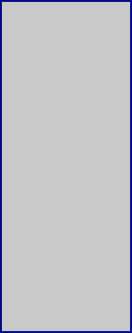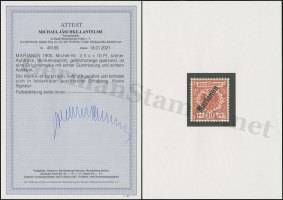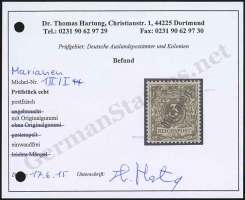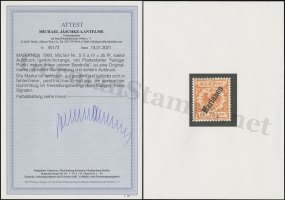1900 56° Krone / Adler Overprints
In May 1900, a second printing of Marianen overprints of the German Krone/Adler Issues came into use. This second printing featured the same “Marianen” overprint, but at a steeper angle (56°) than the earlier printing (48°).
The 56° Overprints are the more common variant, and are valued as such.
A single 10x10 sheet of MiNr. 5 II b was printed with an inverted overprint.
The 3 Pf and 25 Pf can be found with plate flaws on the underlying stamps.
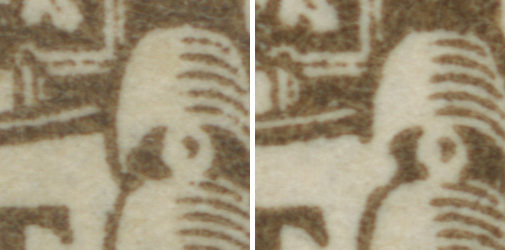
MiNr. 1 II Plate Flaw I — broken scroll (right)
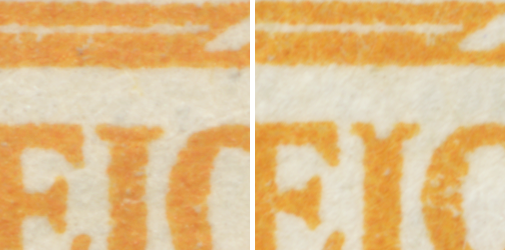
MiNr. 5 II Plate Flaw II — break in ‘I’ (right)
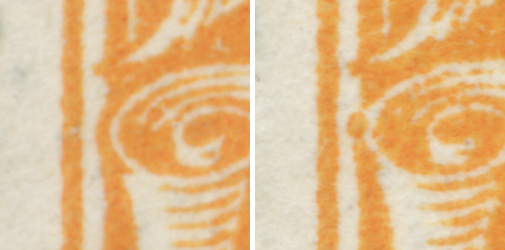
MiNr. 5 II Plate Flaw IV — dot next to lower left scroll (right)
These stamps were printed in 10×10 sheets, with two sheets per printing pane, arranged vertically. As a result, gutter pairs (in German, Zwischtenstegpaare) exist containg stamps from the bottom row of the top sheet and the top row of the bottom sheet.
1900 56° Krone / Adler Overprints
In May 1900, a second printing of Marianen overprints of the German Krone/Adler Issues came into use. This second printing featured the same “Marianen” overprint, but at a steeper angle (56°) than the earlier printing (48°).
The 56° Overprints are the more common variant, and are valued as such.
A single 10x10 sheet of MiNr. 5 II b was printed with an inverted overprint.
The 3 Pf and 25 Pf can be found with plate flaws on the underlying stamps.

MiNr. 1 II Plate Flaw I — broken scroll (right)

MiNr. 5 II Plate Flaw II — break in ‘I’ (right)

MiNr. 5 II Plate Flaw IV — dot next to lower left scroll (right)
These stamps were printed in 10×10 sheets, with two sheets per printing pane, arranged vertically. As a result, gutter pairs (in German, Zwischtenstegpaare) exist containg stamps from the bottom row of the top sheet and the top row of the bottom sheet.

